Texas Wintergrass
Native winter grass, good forage, primarily because it is green and succulent during the winter when most other native grasses are dormant.
Native winter grass, good forage, primarily because it is green and succulent during the winter when most other native grasses are dormant. Its foliage will disintegrate rapidly at the end of the growing season, which will make it a poor grass for soil protection.
Aslo called Texas tussockgrass and Speargrass. (Stipa Leucotricha)
Uses
Livestock: As mentioned one of the few native winter grasses.
Erosion Control: As metioned its foliage will disntegrate at the end of the growing season, however it is fairly growing and one of the few Native winter grasses. For this reason it is being specified as a native winter grass.
Management: This grass is best managed for winter grazing. To prevent seed from injuring sheep and contaminating wool, remove the sheep for 2 to 3 weeks until seed ripen and fall to the ground. For maximum production, no more than 50 percent of current year’s growth by weight should be removed by grazing. Periodic grazing deferments during growing season allow plants to remain vigorous and produce a seed crop.
Establishment: Most rapid growth in early fall before the cold weather. It will continue to stay green as it grows throughout the winter and spring until June. It often becomes dormant during the hot summer. It reproduces from seed. New plants are also established from cleistogenes (seed produced in the axil of the lower sheath and stem). Awns on the seed twist and untwist as moisture changes. This characteristic and the needlelike end that holds the seed assist in planting the seed. The seed also becomes attached to the hair and wool of grazing animals, which help distribute them. It grows best on deep loam soils.
Be the first to review “Texas Wintergrass” Cancel reply
You must be logged in to post a review.
Related products
Mixture of Buffalograss and Blue Grama. Selected for there short growth height these natives are very drought tolerant and should require little or no watering.
Bunchgrass with erect tufted culms. It is 35 to 75 inches tall. Leaf blades are flat, often less than 1/2 inch wide and 10 to 27 inches long, lax, smooth, and glossy green.
Good all-around range grass, especially in shallow soils. This is the largest and coarsest of the grama grasses
Cool-season (C3) native perennial bunchgrass. It grows to a height of 18 to 36 inches.
An improved selection from Selection 75 Kleingrass in appearance. Produces a broader leaf and slightly larger seed which makes this species especially attractive for game birds in wildlife management programs.
Generally described as a perennial graminoid. Is native to the Southwest with a long life span and moderate growth rate.
Excellent forage grass for grazing or hay, but can easily be killed by over grazing. It can provide good cover for wildlife.


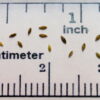
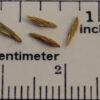

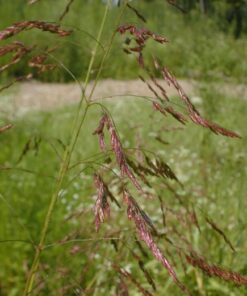


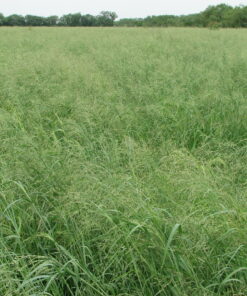
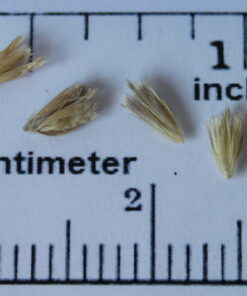
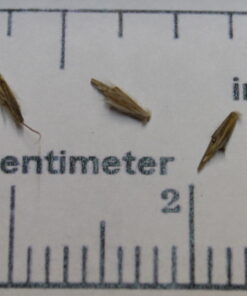
Reviews
There are no reviews yet.